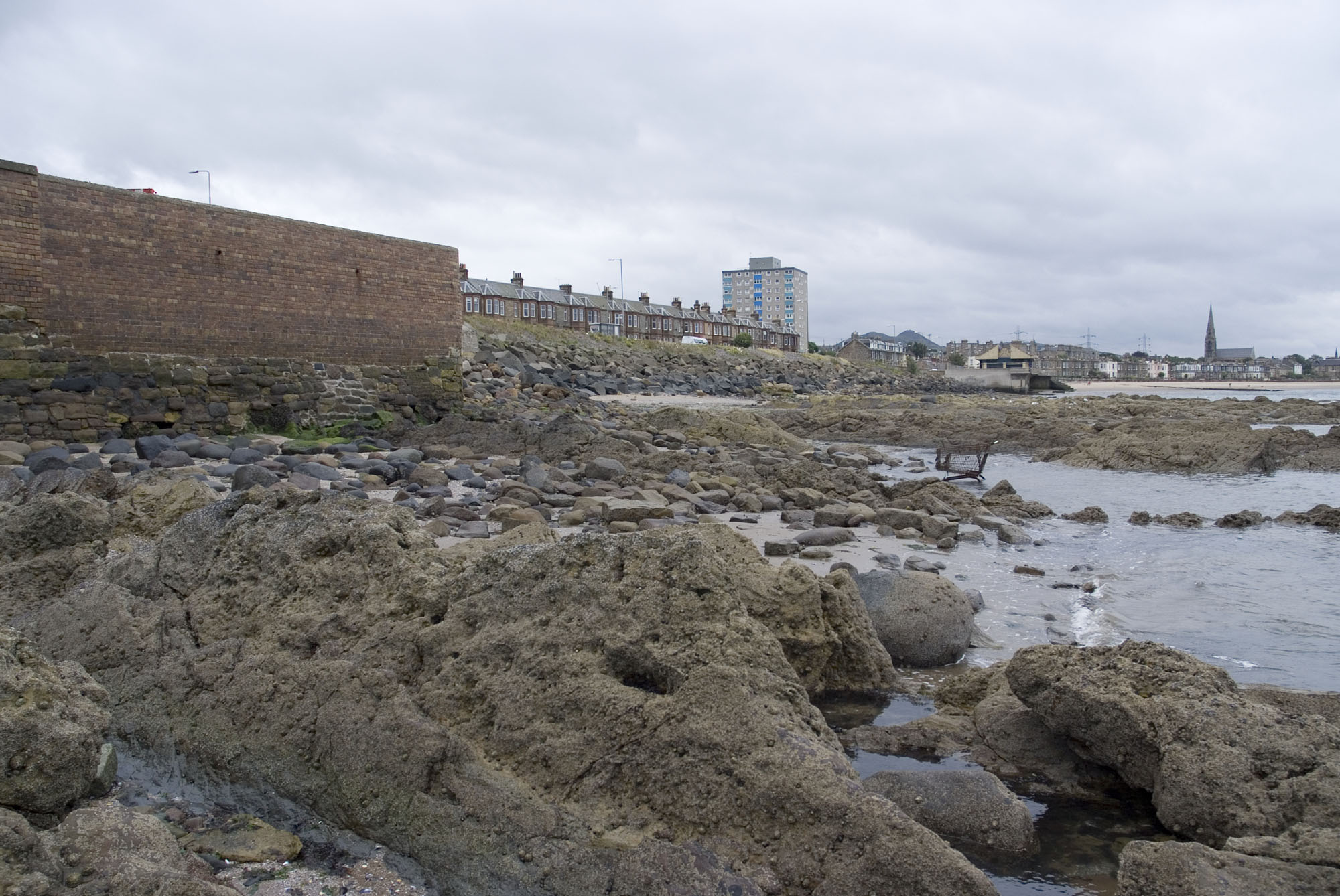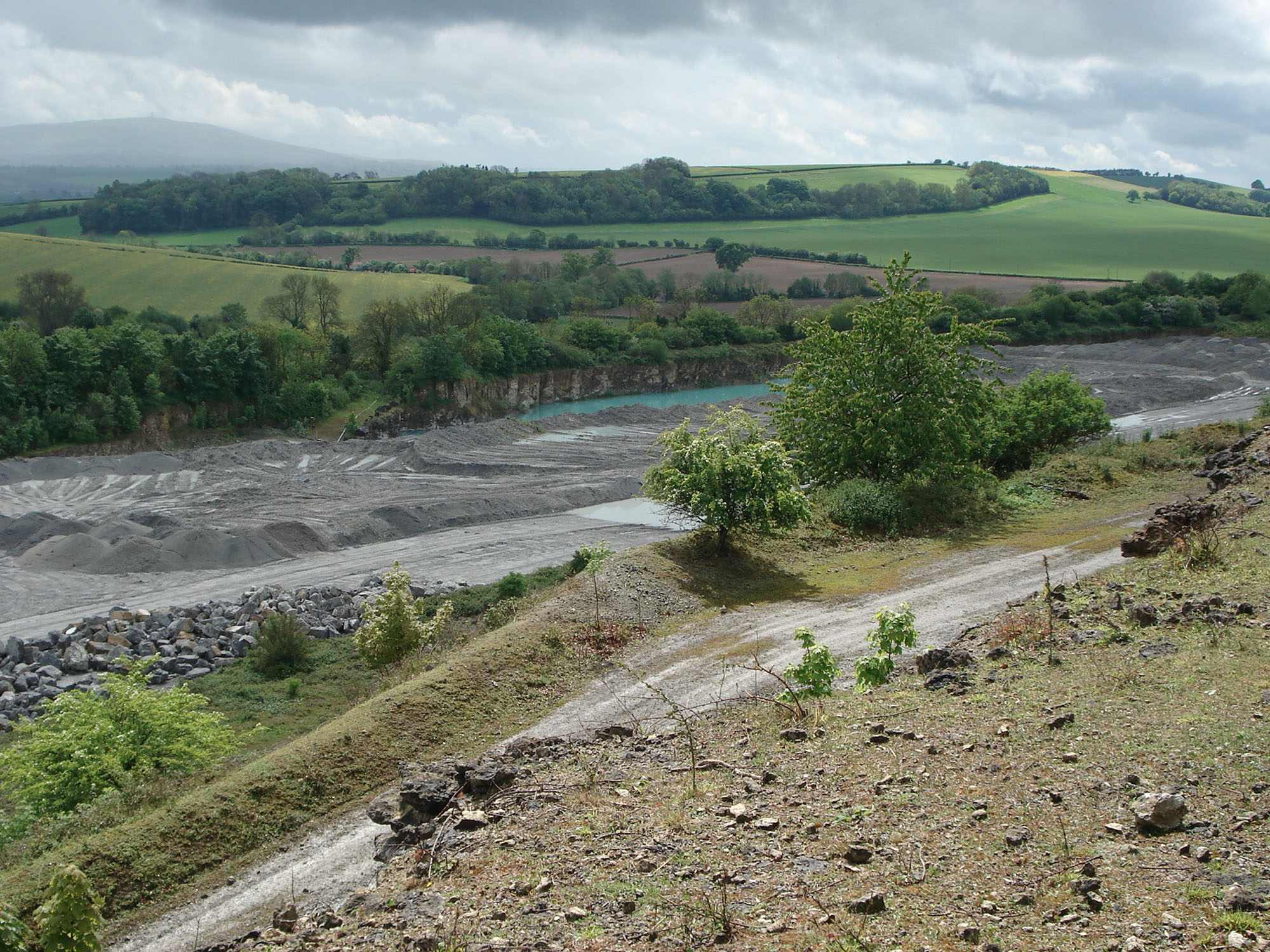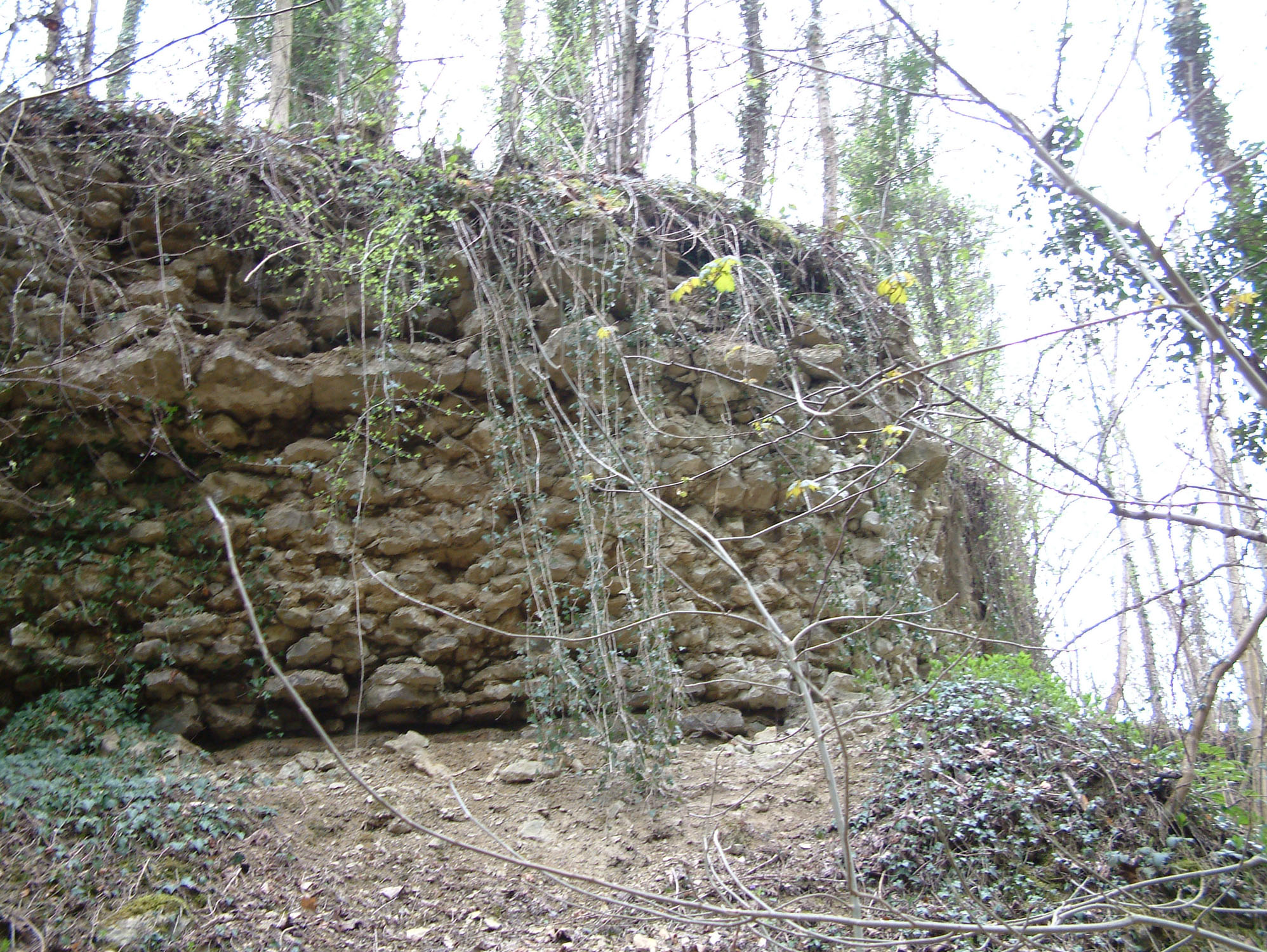To the east of Malahide town centre is a small beach on which it is easy to find loose carboniferous fossils and limestone pebbles containing beautifully preserved crinoids, bryozoans, bivalves, corals and brachiopods. The pebbles are washed out from exposures along the local coastline, including foreshore platforms found between Malahide and nearby Portmarnock.Carboniferous, Foreshore, Rating: ♦♦♦♦♦
































